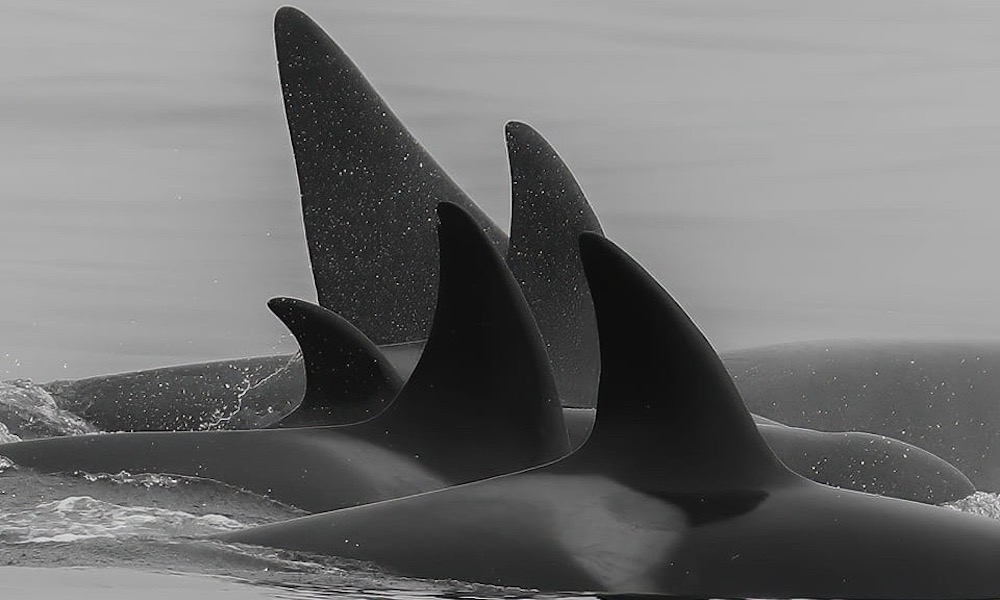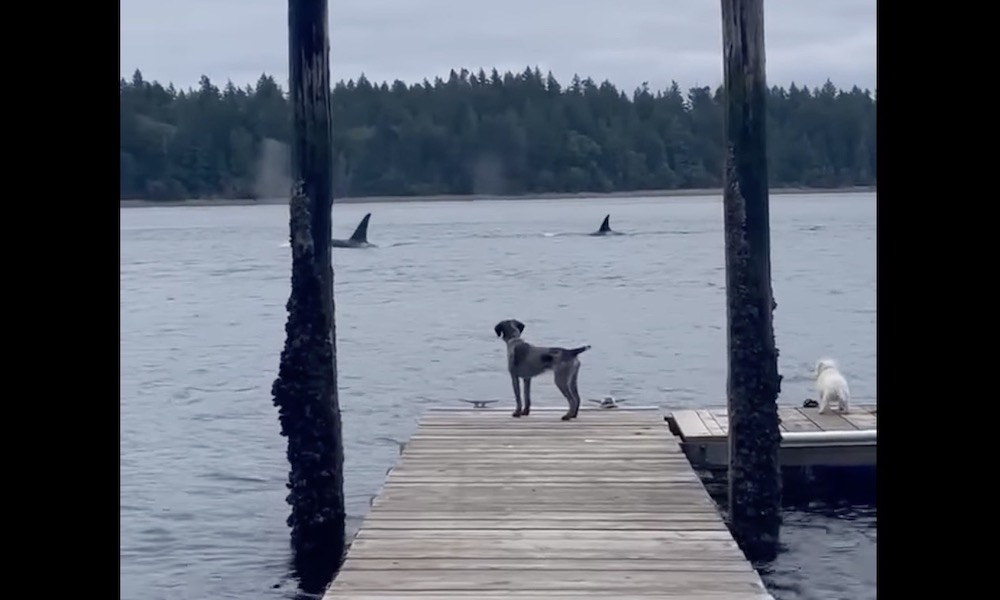An ecotourism operator in Mexico said he seemed to gaze into the eyes of a “sea alien” during a recent close encounter with a false killer whale.
An ecotourism operator in Mexico said he seemed to gaze into the eyes of a “sea alien” during a recent encounter with an extremely curious false killer whale.
The extraordinary footage, captured by Charlie Harmer of Silver Shark Adventures, shows the false killer whale face to face with the guide after he had slipped into the water for a closer look.
Viewers can watch the mammal’s body movements and listen to its peculiar vocalizations as it scrutinizes Harmer from only feet away.
Harmer told FTW Outdoors that the encounter occurred Aug. 17 in the Sea of Cortez off Bahia de los Angeles, after his charter had spent hours observing actual killer whales.
RELATED: Mahi-mahi has no chance under attack by false killer whale
“We spotted a pod of approximately 20 false killer whales after spending five hours with a pod of six orcas,” Harmer recalled. “A few of the false orcas curiously approached our panga and started echolocating around us.
“You could hear the sounds loud and clear topside. After observing them for 15 minutes, one false orca remained around the panga. I got in the water, staying close to the panga and feeling strongly it was going to be curious of my presence.

“It took less than a minute for it to approach, turn to me and produce an array of high-pitch clicks and whistles. There were a few other false orcas below communicating the whole time. The encounter lasted approximately eight minutes, the majority of it with this false orca only a few feet from my face.”
Harmer continued: “It felt like a sea alien was communicating with me, putting me in a trance while I just watched in awe. It was arguably the best connection I’ve ever had with the sea.”
False killer whales, which are dark gray and do not bear a strong resemblance to killer whales, are found in tropical and subtropical waters. In the Eastern Pacific, however, they’ve been documented as far north as British Columbia.
Like wild killer whales, they’re not considered to be dangerous to humans, although swimming with the mammals is not advised and could be illegal if harassment can be proved.
Robin Baird, who studies false killer whales in Hawaii for the Cascadia Research Collective, told FTW Outdoors: “There are other examples of false killer whales interacting with free divers, and even people in boats, in a way that is quite unusual.”
Two weeks ago the owner of a San Diego-based whale-watching company captured drone footage showing false killer whales passing a freshly killed bluefin tuna among themselves in a behavior known as prey sharing.
False killer whales also have been documented presenting fish to boaters.
Said Baird: “Their behavior of offering fish to people seems to reflect viewing humans as something similar, in a way that is rarely seen in other cetaceans.”
–Video and images courtesy of Charlie Harmer / Silver Shark Adventures






















